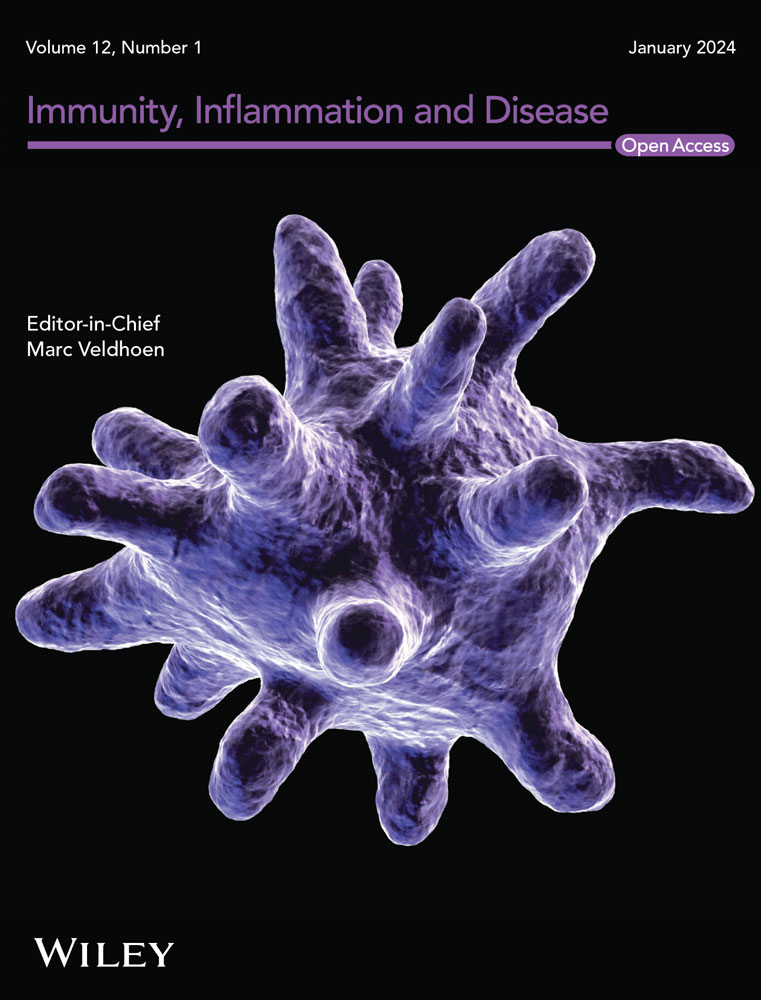Assessing the Efficacy and Immunogenicity of Anticaries Vaccine—A Systematic Review and Meta-Analysis
Abstract
Objectives
The current systematic review and meta-analysis aims to assess the safety and immunogenicity of the anticaries vaccines currently available.
Materials and Methods
Electronic searches of PubMed, Scopus, Web of Science and Science Direct were performed. Studies assessing the safety and effectiveness of the anticaries vaccination, including the dose, plasmids, serum IgG and IgA levels after immunization, were included. Studies in which animals were used for anticaries vaccine were also included. Combining more than one trial was done to estimate the pooled intervention effect using the meta-analysis when studies examined the same intervention and outcomes with comparable methods in similar populations. The continuous data was pooled using the inverse variance method, and dichotomous data using the Mantel-Haenszel method.
Results
Out of 4701 records, only 17 publications met the eligibility criteria. Although all studies were assessed as having an overall low risk of bias, certain domains (D3, D5, and D7) exhibited a high risk across most studies. The pooled RR, derived using a random-effects model, was 0.53 (95% CI: 0.46–0.62), indicating a statistically significant 47% reduction in risk across studies.
Conclusions
There is excellent potential for dental caries vaccines to transform oral health in the future. Various vaccines, such as Killed Formalin-treated Donor strain 2 - recombinant Protein Antigen c and anti-CAT-SYIIgY antibodies, have demonstrated prophylactic effects against Streptococcus mutans colonization on teeth. These interventions exhibit a sustained reduction in S. mutans colonization, which may contribute to the prevention of dental caries. A vaccination of this kind would significantly lower tooth decay prevalence and the financial and health costs that go along with it.


 求助内容:
求助内容: 应助结果提醒方式:
应助结果提醒方式:


